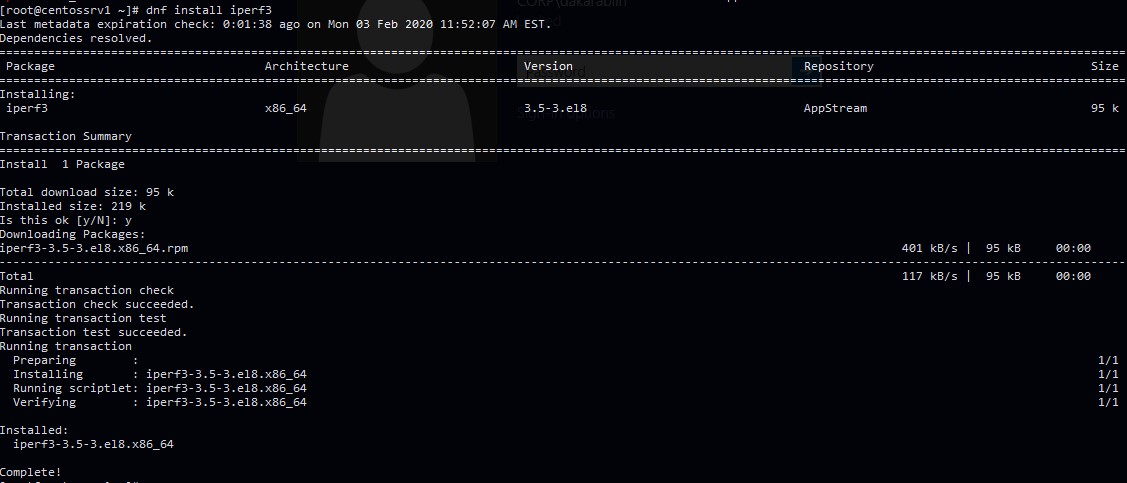
The Docker daemon created a new container from that image which runs the executable that produces the output you are currently reading.Ĥ. The Docker daemon pulled the "hello-world" image from the Docker Hub.ģ. The Docker client contacted the Docker daemon.Ģ. To generate this message, Docker took the following steps:ġ. This message shows that your installation appears to be working correctly. Status: Downloaded newer image for hello-world:latest Now run docker run hello-world to check that Docker has been correctly installed: $ docker run hello-world
#How To Install Iperf3 On Windows how to#
In this guide we will show you how to containerize a Linux tool.
#How To Install Iperf3 On Windows windows#
I recommend downloading and installing Docker for Windows, which is free: ĭepending on which OS does your tool run, you have to choose to run Windows Containers or Linux Containers (you can switch between both at any time): Setting up your container development environment Step 6: Push your container image to a repository. Step 4: Convert the previous steps into a Dockerfile. Step 3: Find out how to run your tool inside a container Step 2: Choose a base image for your container. Step 1: Get your container development environment ready! The process takes just a few steps, which I’ll briefly describe in this section.

Once your application runs in a container, you don’t have to care anymore about compatibility issues, libraries or DLL not available, etc This article will give you some guidelines to containerize any application. How many times have you asked a customer to run a test with some specific tools, just to have to fight countless compatibility problems due to the particularities of the customer’s environment?Ĭontainers should be designed to be immutable and run in the same way any time you deploy them, regardless of the environment.


 0 kommentar(er)
0 kommentar(er)
